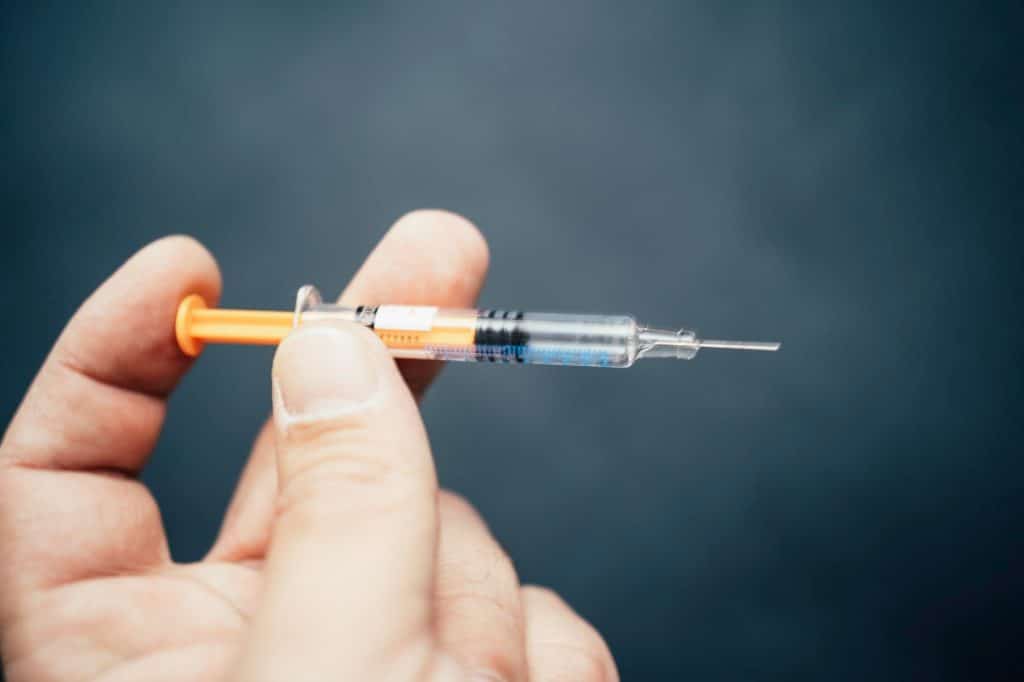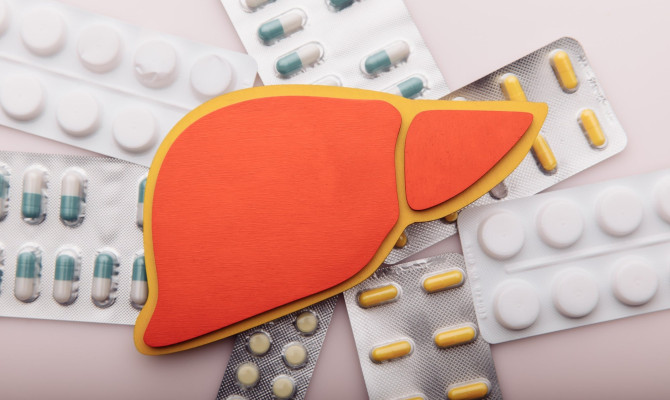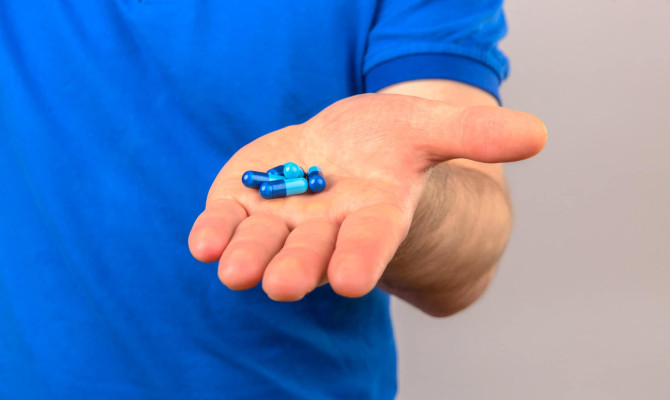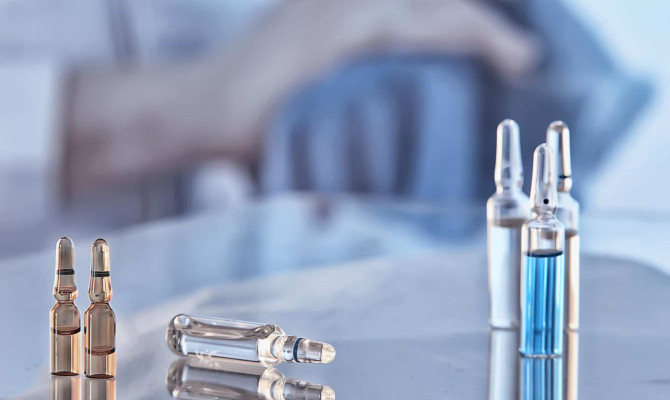Kesimpta: Uses, Dosage, Side effects and Interactions

- Kesimpta
- 22 Aug 2023
Overview
What is Kesimpta?
Kesimpta (ofatumumab) is an FDA-approved medication. Kesimpta decreases the progression and risk of relapses in certain types of relapsing multiple sclerosis (MS). One can self-administer it at home once a month as a subcutaneous (under the skin) injection. Kesimpta is a drug that belongs to the class known as monoclonal antibodies against CD20 that target B-cell antigens. They are also referred to as B-cell treatment and B-cell depletion therapy. Kesimpta reduces B-cells by binding to them. Although Kesimpta will not cure MS, it can decrease its development and reduce the likelihood of relapses1Overview| Researched based study from Fda.gov
How it works?
The brain, spinal cord, and optic nerves are all damaged by MS, a persistent, chronic illness. This disrupts nerve signals, resulting in symptoms such as tingling, numbness, mood swings, memory issues, discomfort, exhaustion, blindness, or paralysis. B-cells are believed to be crucial in MS because they trigger the immune system to assault nerves. By attaching to and reducing B-cells, Kesimpta slows the immune system’s attack on your nerves. This could halt the advancement of the impairment and minimize the risk of relapse while also reducing inflammation and MS symptoms.

Uses
Indications and Uses of Kesimpta
Kesimpta used in adults with particular sorts of relapsing forms of multiple sclerosis-like
- Relapsing-remitting MS (RRMS)
- Clinically isolated syndrome
- Active secondary progressive illness (active SPMS) 1Uses| Researched based study from Fda.gov ,2Uses| Researched based study from Nationalmssociety.org
Side effects
Side Effects of Kesimpta
Serious adverse effects of Kesimpta include:
Reactions to Injections
- Kesimpta frequently causes injection-related responses as a side effect1Side effects| Researched based study from Fda.gov
- Redness, swelling, itching, and soreness at or near the injection site; or symptoms that can appear when specific chemicals are produced in the body, such as fever, headache, muscle pain, chills, and fatigue.
Low Immunoglobulin Levels
- Some antibody subtypes may decrease as a result of Kesimpta treatment. To measure the blood immunoglobulin levels, the healthcare provider will perform a few blood tests.
Upper Respiratory Tract Infections
- Kesimpta will cause people to get more sick. UTIs, colds, and sinus infections were among the several ailments that users of Kesimpta reported having.
- Symptoms may include a runny or stuffy nose, a cough, a sore throat, or painful urination, depending on the sort of mild infection you have.
Hepatitis B Reactivation
- The hepatitis B virus may reactivate in a person who has previously experienced the disease. Diarrhea, stomach ache, and jaundice (yellowing of the skin or whites of the eyes) are possible symptoms.
Consult the prescribing label for the medication to learn how frequently infections occurred in clinical studies. Speak to the doctor or pharmacist if one has any additional questions regarding potential infections that could arise while using Kesimpta. Healthcare providers can give advice on different ways to strengthen the immune system to stay off illnesses.
The Food and Drug Administration (FDA) frequently mandates that potential significant concerns be mentioned in a drug’s prescribing material1Side effects| Researched based study from Fda.gov
Dosage
Dosage of Kesimpta
Kesimpta should be administered as follows:
- 20 mg subcutaneously injected first at weeks 0 through 2; then, starting in week 4, 20 mg subcutaneously injected once a month.1Dosage| Researched based study from Fda.gov
Missed Doses
- In case of missed Kesimpta dose, it should be given as soon as possible without delaying until the following dose is scheduled. The appropriate intervals should be followed when administering subsequent dosages.
Available forms
The following are the available forms of Kesimpta, a clear to slightly opalescent, colorless to slightly brownish-yellow solution:
- A single-dose, prefilled pen containing 20 mg/0.4 mL.
- A single-dose prefilled syringe containing 20 mg/0.4 mL1Dosage| Researched based study from Fda.gov
Dosage instructions
- If the seal on the outside carton or the seal on the Kesimpta pen is damaged, do not use the product. Until use, keep the Kesimpta pen in its sealed outer carton.
- The Kesimpta pen should not be shaken, and if it is dropped, it should not be used if it appears to be damaged or if the cap was off when it was dropped.
- After usage, immediately dispose of the used Kesimpta pen. Never use a Kesimpta pen again.
Precautions
Precautions
If you have any of the following conditions, you should use kesimpta with caution:
Infections
- During the course of this medication’s treatment, severe infections could occur. The healthcare practitioner should postpone therapy if anyone has an active infection until the infection has cleared up. When taken before or after other immune-suppressing medications, Kesimpta may raise the chance of contracting infections.
Hepatitis B virus (HBV)
- The healthcare practitioner will perform blood tests to screen for HBV before beginning therapy. If a person has ever had HBV, it is possible for it to reactivate during or after therapy.1Precautions| Researched based study from Fda.gov
Progressive Multifocal Leukoencephalopathy (PML)
- Kesimpta medication may cause PML. A virus causes PML, an uncommon but dangerous brain illness that can deteriorate over days or weeks. PML can cause serious disabilities or perhaps death. If one experiences any new or deteriorating neurologic symptoms, notify the healthcare practitioner straight away.
Immune System Impairment
- When taken before or after other immune-suppressing medications, Kesimpta may raise the chances of contracting infections.
Pregnancy
- There are not enough facts about the developmental danger of using Kesimpta when pregnant. Based on results from animal research, ofatumumab may enter the placenta and result in fetal B-cell reduction.
- Consult the doctor in case of pregnancy or intend to become pregnant.
Fetal Risk
- Kesimpta can harm a fetus owing to B-cell lymphopenia and impair an immune response in offspring exposed to the drug while they are still in the womb, according to research from animals.
- Infants born to mothers who are exposed to additional anti-CD20 B-cell depleting antibodies during pregnancy have been documented to experience transient peripheral B-cell depletion and lymphocytopenia.
- Women who are sexually active should be advised to use reliable contraception while taking Kesimpta and for at least six months after the final dosage.
Breastfeeding
- Whether Kesimpta is safe to use during nursing, it is unknown. Before using Kesimpta, discuss with the doctor whether in case of breastfeeding or plan to1Precautions| Researched based study from Fda.gov
Interactions
Interactions With Medications
Inform the physician about all other medications one takes, especially any that may impair immunity, such as steroid drugs for cancer to stop organ transplant rejection.
- Kesimpta may be impacted by other medications, Vitamins, OTC medications, and other herbal supplements.
- Using Kesimpta along with immunosuppressive medications, such as systemic corticosteroids, may raise the risk of infection.3Interactions| Researched based study from Dailymed.nlm.nih.gov
- While administering immunosuppressive treatments along with Kesimpta, remember the possibility of additive immune system effects.
- Given the possibility of additional immunosuppressive effects when starting Kesimpta, it is important to consider the length and mode of action of previous immune-modifying medications when switching.
Storage
Storage & Disposal of Kesimpta
Storage conditions should be:
- Between 36°F and 46°F (2°C and 8°C) in the refrigerator. It is the safest and best place to keep this medication.
- When not in use, keep this medication in the original box to keep it away from light.
- Avoid freezing.
- Do not tremble.
- Keep Kesimpta and all other medications out of children’s reach3Storage| Researched based study from Dailymed.nlm.nih.gov
Disposal suggestions:
- After use, immediately place the used Kesimpta pen in a sharps disposal container that has been approved by the FDA.
If one does not have an FDA-approved sharps disposable container, they can use a household container as long as it meets the following criteria:
- The disposal container should be made of heavy-duty plastic, have a puncture-resistant lid, leak-resistant and properly labeled 3Storage| Researched based study from Dailymed.nlm.nih.gov
Takeaway
Takeaway tips
- The price of Kesimpta may vary, just like it can differ with any drug. For instance, the price of the medication per month and annually may vary from person to person.
- The insurance policy and the drugstore one visits will all affect the actual cost. A 90-day supply of Kesimpta can be available. Obtaining a 90-day supply of the medication will help one to make fewer visits to the pharmacy.
- Consult the doctor or the insurance provider. It is crucial to remember that one might need to visit a specialty pharmacy to purchase Kesimpta.
- Specialty drugs may be carried by this kind of pharmacy. A monoclonal antibody called Kesimpta depletes immunological B cells by attaching to a docking site (CD20) on some of these cells.
- Immune cells, including B lymphocytes, have been linked to MS-related nerve injury.
- The FDA has approved the drug Kesimpta for the treatment of people with multiple sclerosis, recurrent multiple sclerosis, relapsing-remitting disease, clinically isolated syndrome, and active secondary progressive illness3Takeaway| Researched based study from Dailymed.nlm.nih.gov
Any feedback on this article?
 This Articles content was accurate
This Articles content was accurate Very Informative Article
Very Informative Article I have a question or a comment
I have a question or a comment
 This article contains inaccurate content
This article contains inaccurate content This article was not helpful
This article was not helpful I have a question or a comment
I have a question or a comment
We appreciate your helpful feedback!
Checkout our social pages
References
-
FOOD AND DRUG ADMINISTRATION
KESIMPTA® (ofatumumab) | Overview | Uses | Dosage | Side effects | Precautions
-
The National Multiple Sclerosis Society
Kesimpta | Uses
-
DailyMed
KESIMPTA- ofatumumab injection, solution | Uses | Interactions | Storage





































